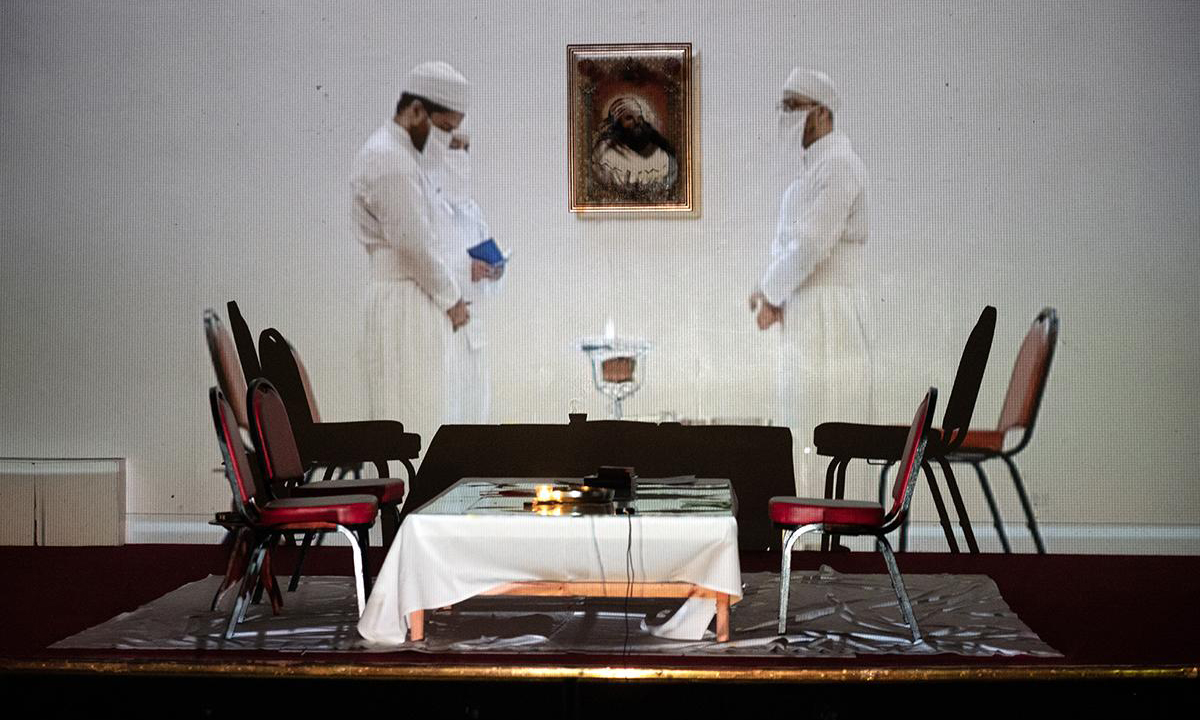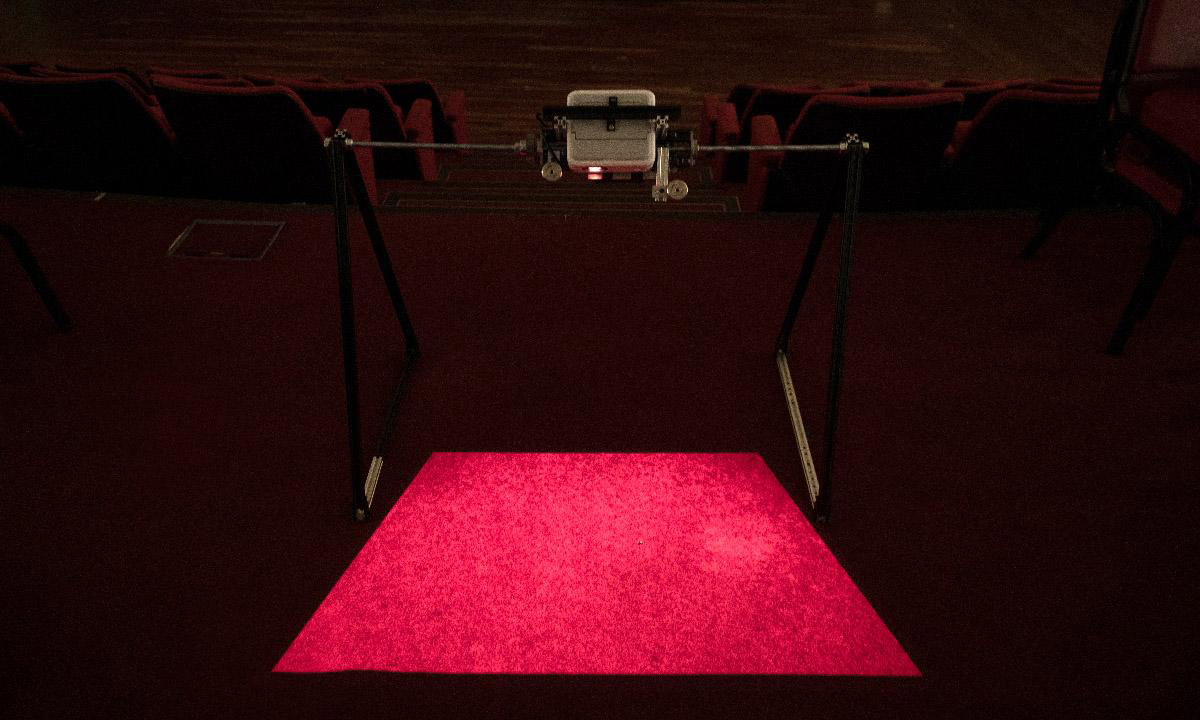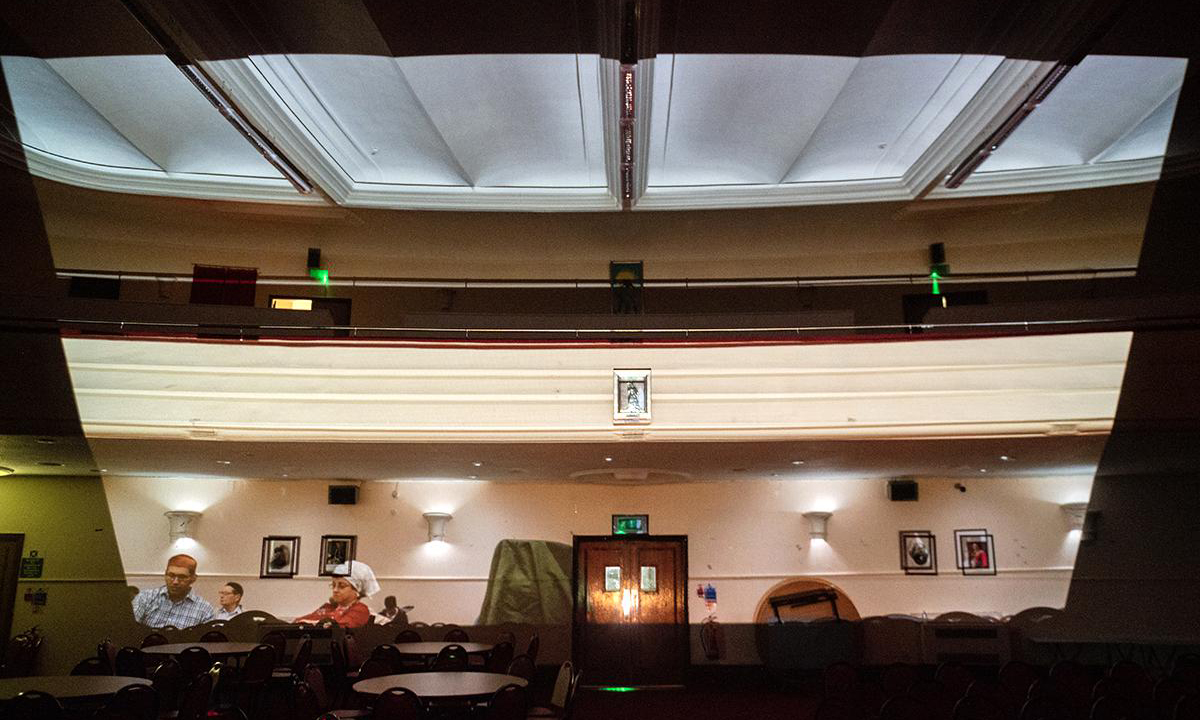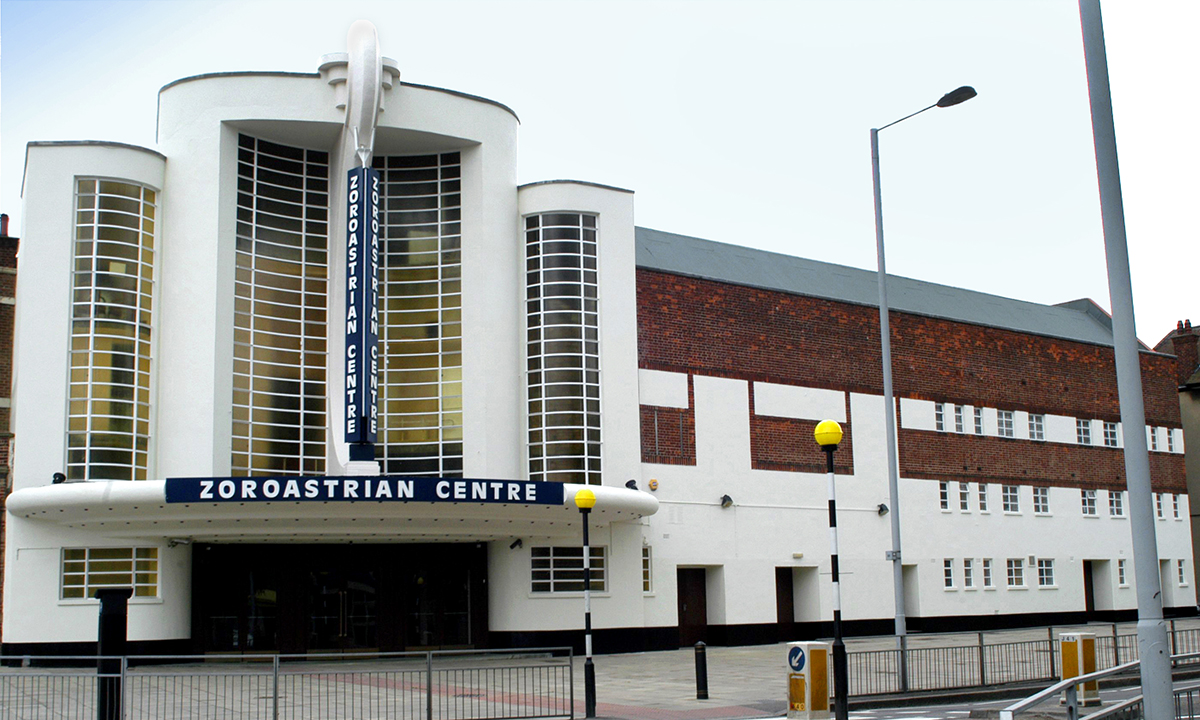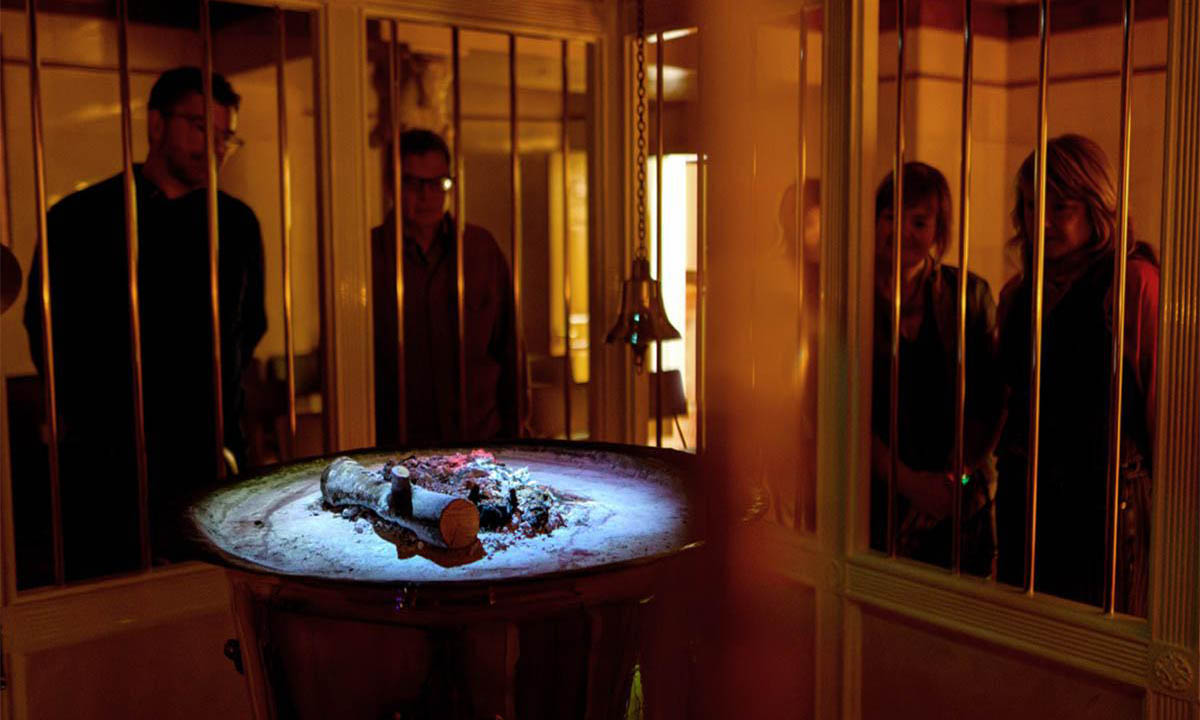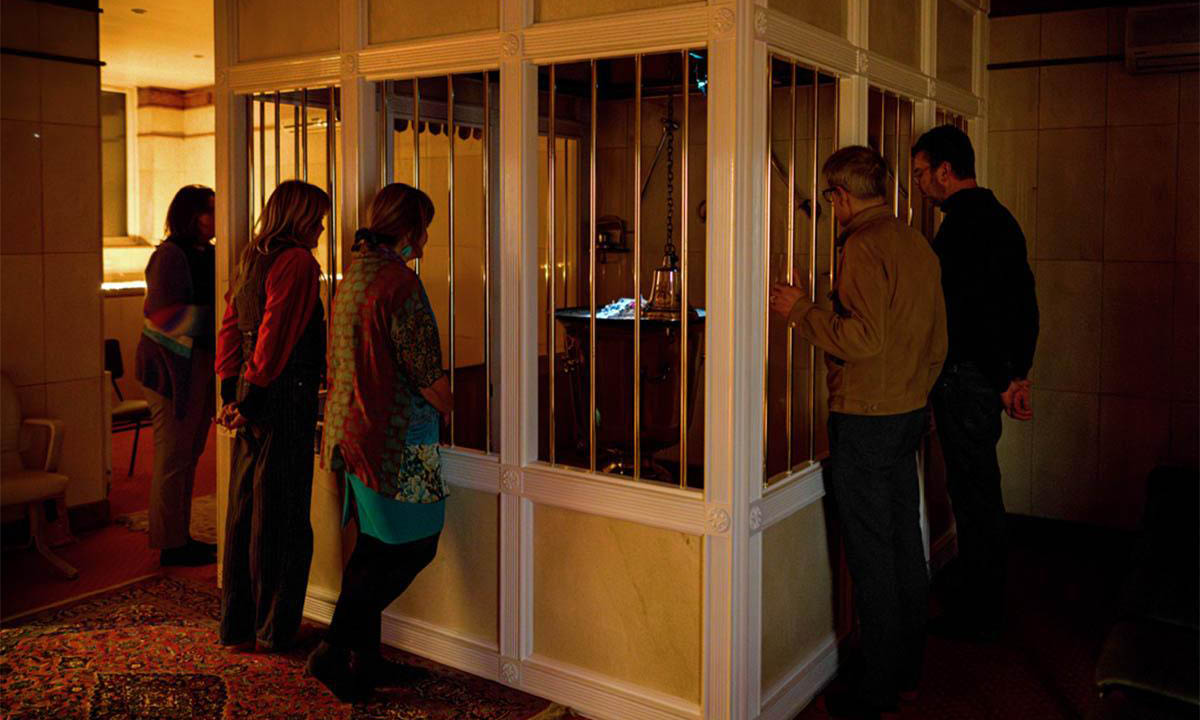Moving Pictures: Reusing Cinemas as Places of Worship in the Diaspora explores how migrant faith communities in England have transformed former cinemas into vibrant, sacred spaces. As part of the wider project, a survey and database of the 101 adapted former cinemas across England has been created in collaboration with architectural historian Kate Jordan, documenting their reuse by a range of faith groups. Yet these acts of creative agency, rooted in ceremony, ritual, spatial transformation and everyday practice, remain largely unrecognised within mainstream heritage systems. At the heart of Moving Pictures is the "site-integrity" methodology, which collaborates closely with faith communities to document this lived heritage from an emic perspective. Through co-created, site-specific film installations, the project challenges traditional notions of "British Heritage," reimagining it as dynamic, plural, and inclusive, aligning with Hall’s (1999) vision of evolving social identities.
More Info
A granular study at the Zoroastrian Centre in London (former Grosvenor cinema) focuses on two key ceremonies: the Jashan and the Boi. Through workshops and reflective feedback sessions, bespoke filming devices were iteratively developed in collaboration with the congregation to capture and re-present the essence of these religious practices within the architecture of the former cinema. In the Zartoshty Brothers Hall, a former cinema auditorium, a projector retraces the original camera path at a 1:1 scale with the architecture, creating a synchronised projection that highlights the structure while producing holographic illusions of priests in prayer. In the Setayasht Gah, the former projection room, overhead footage of the sacred fire ritual is mapped back onto the fire’s embers, weaving ritual practice into the building’s fabric. These installations create a dynamic material exchange where site and image coexist, resisting reduction to either the material or the metaphysical.
The project frames lived heritage as relational and continually unfolding rather than frozen or static. Sacred space, in this context, is performed, emerging through light, sound, posture and ritual. In Zoroastrian tradition, moving light is moving divinity, collapsing the boundary between representation and reality. At the heart of the project is a 360-degree projection of the Zoroastrian Jashan ritual, in which light becomes more than a medium; it acts as spatial force, animating the architecture and reframing how the sacred is experienced. In the film projection, ritual and film fold into one another, each an act of sacred world-making. For the congregation, the experience is visceral and deeply affective. As one member described, “As the light was going all around, it's like the aura of the prayers. It showed that Ahura Mazda is moving around, coming from the Jashan, through the priest, and then around the space”. The film does not simply document the ritual but orbits it with care, “speaking nearby” in Trinh T. Minh-ha’s terms, neither explaining nor objectifying. When projected back into the space with matched focal length, the footage reanimates, creating a layered encounter in which past and present co-exist. Sara Ahmed’s work on orientation helps make sense of this: meaning arises through the way bodies align with space, how they begin, proceed, and inhabit. The camera, in tracing these movements, becomes part of the ritual’s choreography, and the projector retracing this path becomes a votive gesture, moving light with intention.
